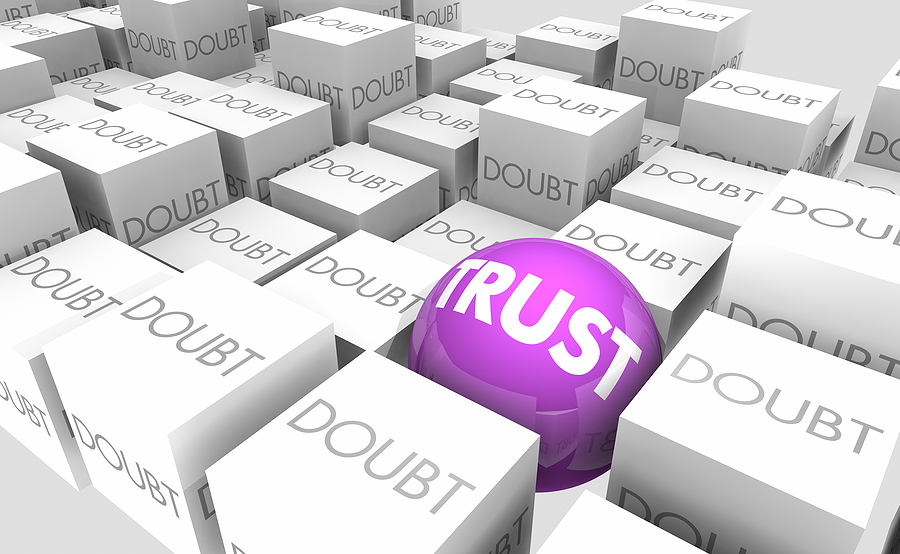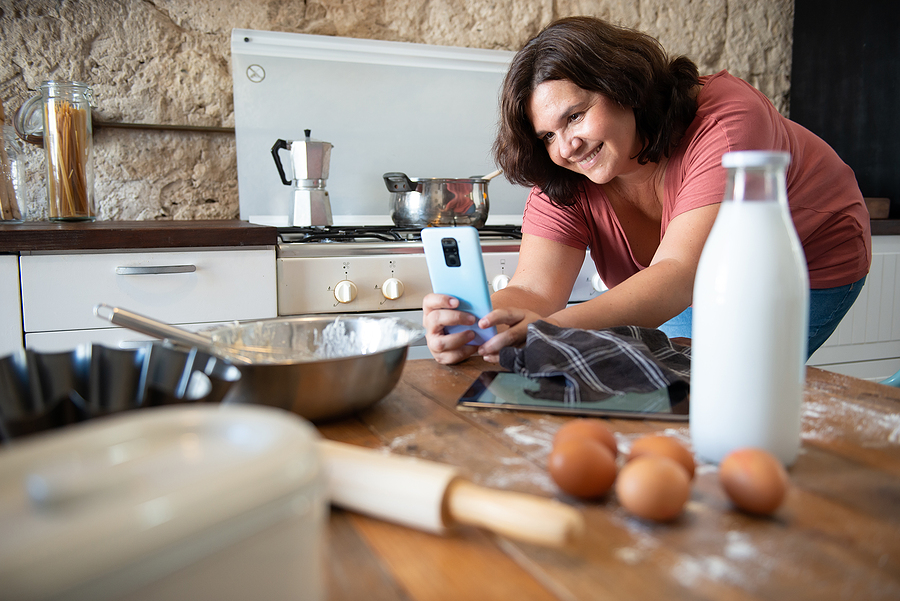
Brands That Get Closest to the Consumer Win
January 31st, 2025 Posted by Emergent brand advocacy, Brand Beliefs, brand meaning, Brand Soul, consumer behavior, Consumer insight, Emotional relevance, Marketing Strategy 0 comments on “Brands That Get Closest to the Consumer Win”Specsmanship skips over relevance and resonance…
Our goal in this article is to reverse some entrenched myths about brand outreach, consumer behavior and sound strategy, working to reorient thinking on the most effective deployment of your investments in marketing communication.
The status quo in marketing
All too often we find brands laser-focused on touting their “superior” specs: formulations, ingredients, sourcing, process, science, engineering and standards of performance, believing this forms the unshakeable foundation of their brand outreach path to fame and fortune.
- Afterall, doesn’t it make sense considering the steep investments in R&D, processes, better ingredients, superior formulation skills and novel manufacturing design. Thus, the theory goes once the world is made aware of this better tech, consumers will in turn respond by beating a path to the shelf or showroom and reward the hard work, high quality commitment with ever increasing sales.
- Isn’t it then vital to tell the world why your brand is better than the other choices? That you offer 25% more of the best ingredient than the closest competitor. Or that your sourcing standards are flying above everyone else?
Better mousetrap marketing has been a foundational paradigm of go-to-market thinking since the dawn of the mass media era in the early 1950’s. Companies showcase their deep commitments to build a compelling value proposition through their efforts to innovate, improve, engineer higher quality into products. It seems fundamental then, that brand communication must focus on telling stakeholders about the facts and details of these accomplishments.
Are you always reaching for product ‘betterness’?
The rinse-and-repeat environment that fosters this way of operating is woven into the institutional fabric of many brands and businesses.
- The regional potato chip brand that believes to beat the big guys they must be better by meticulously sourcing an improved strain of potatoes. They carefully curate a blend of frying oils to impart taste and texture without any greasy residue. In-house chefs work to test and combine the highest quality spices and flavoring ingredients for dusting the chips to assure the perfect taste notes. Their manufacturing technologists perfect a frying process to achieve the right texture and crunch. Surely this level of quality commitment and superior craftsmanship forms the foundation of a compelling story to capture the hearts and minds of chip lovers?
- The team of highly talented engineers and food scientists committed to inventing the future of more sustainable food, works tirelessly to develop a molecule that perfectly replicates the identical protein of a meat or dairy product. Their discovery delivers ideal, sought-after characteristics of a protein ingredient that is indistinguishable from its conventional counterpart, such that no taste or nutrition sacrifice is required in the finished product.
The new innovative process completely reinvents a legacy product category without any requirement to employ the living, resource-intensive, carbon emissions contributing impacts of an animal-derived version. It’s an incredible leap forward to fully satisfy the consumer’s preoccupation with taste and eating experience, yet is sustainable, cost comparable while it also de-risks the supply chain. Surely this bio-technology achievement story well-told to consumers, investors and retailers will draw people like a magnet to the new, better solution.
- The pet food company that knows dogs and cats require high quality proteins to assure their health, wellbeing and quality of life, so their nutritionists and scientists devote considerable energy to formulating food that utilizes the very best in class animal-derived protein ingredients, fruits, veg and botanicals. The formulation meticulously combines this cornucopia of better ingredients into a nutrient dense feast for fido and fifi.
Their supply chain experts scour the globe for the best sources to secure ‘human grade’ food ingredients that will deliver on the foundational ‘better’ nutrition story. Manufacturing works to optimize the process by improving cooking techniques designed to preserve the nutrient quality of the finished food in a shelf stable or refrigerated form. Of course, once pet parents know of these details, the decision to buy will follow.
- The auto brand known for its better engines that employs world-class engineers using higher quality parts to produce superior power that won’t break down over time.
- The running shoe company that devotes countless resources to understanding human anatomy, the mechanics and physics of athletic performance, building better shoes to help the wearer win races.
- The computer company that looks at machines as enablers of creative expression and reinvents designs to democratize technology forming an intuitive tool anyone can use.
The list goes on and on… That said, what if this isn’t the reason why your brand will be more successful. What if this incredible investment of time, talent, quality and infrastructure is actually table stakes to your victory. And second, that all this data and information works harder and more effectively with consumers as post-purchase confirmation of why their decision was a good one.
Best-in-class product creation is a must-do
Yes, you need to make the very best product
Yes, you need to employ the highest quality ingredients
Yes, you need to refine and improve manufacturing processes
Yes, you need the best people
Yes, you need to continuously innovate and improve.
However, this is not the path to successful brand communication that helps you achieve leaps in sustainable business growth.
Our point is while authentic best-in-class products are integral to your marketplace growth, there is a difference between providing top quality solutions and effective, engaging brand communication. If you consider how consumers think and behave you see that fact-based, analytical selling is not the path to consumer behavior victory on brand preference and purchase.
Facts don’t change minds
The brand that gets closest to the consumer wins. That means embracing their humanity.
It also means acknowledging that consumers are feeling creatures who think and not thinking creatures who feel. Facts and features serve to feed our need for confirmation bias after purchase that we’ve made the right decision. The experience with your product is rewarded by its performance because you’ve labored to produce the very best product. However, when it comes to effective outreach communication…that’s something else entirely.
Heart-felt connection
Moving as close to the consumer as possible means putting your brand in league with them on their journey. It’s forging an emotional connection founded on trust and integrity, where the consumer understands and wants to join your brand mission, purpose and deeper meaning. Ultimately, they see through your integrity and actions you have their best interests at heart.
- Your ability to form a relationship with consumers is not based on the stats and specs of your product formulation. Relevant brand engagement operates on a higher plane of context much like the heartfelt bonds that form between people we care about.
The neuroscience informed path to purchase
The steps to taking action on a purchase decision look different when you know how the brain’s Limbic System informs our actions. Emotion is at work here. It is how we feel about a brand that guides our decisions, not rational analysis of factual arguments. Simply stated, humans are not analytical, fact-based decision-making machines.
Sound strategy: different beats better
Most of what we see in legacy marketing outreach is a belief that “better” is the winning approach. Except that’s not bank-able strategy to start with. Uniqueness and differentiation comprise the basis of beneficial strategy, not being better. Better is tantamount to saying you’re the same as the other choice, only better. This is a zero-sum and unwinnable game of one-upmanship that operates to commoditize your business. Parsing degrees of better-ness isn’t as powerful as “only” and uniquely different.
When you know emotion rather than analytical arguments form the basis of successful communication, how will that change your messaging approach? This isn’t an indictment of your efforts to make the best product. It’s a given you must never dilute your quality commitments. However, when it comes to brand communication, the most effective outreach is based on emotional drivers, not specsmanship.
If this article has you thinking about improving your brand communication and you have questions, use the link below to ask them. We promise to respond quickly.
Looking for more food for thought? Subscribe to the Emerging Trends Report.
Bob Wheatley is the CEO of Chicago-based Emergent. Traditional brand marketing often sidesteps more human qualities that can help consumers form an emotional bond. Yet brands yearn for authentic engagement, trust and a lasting relationship with their customers. For more information, contact Bob@Emergent-Comm.com and follow on Twitter @BobWheatley.





